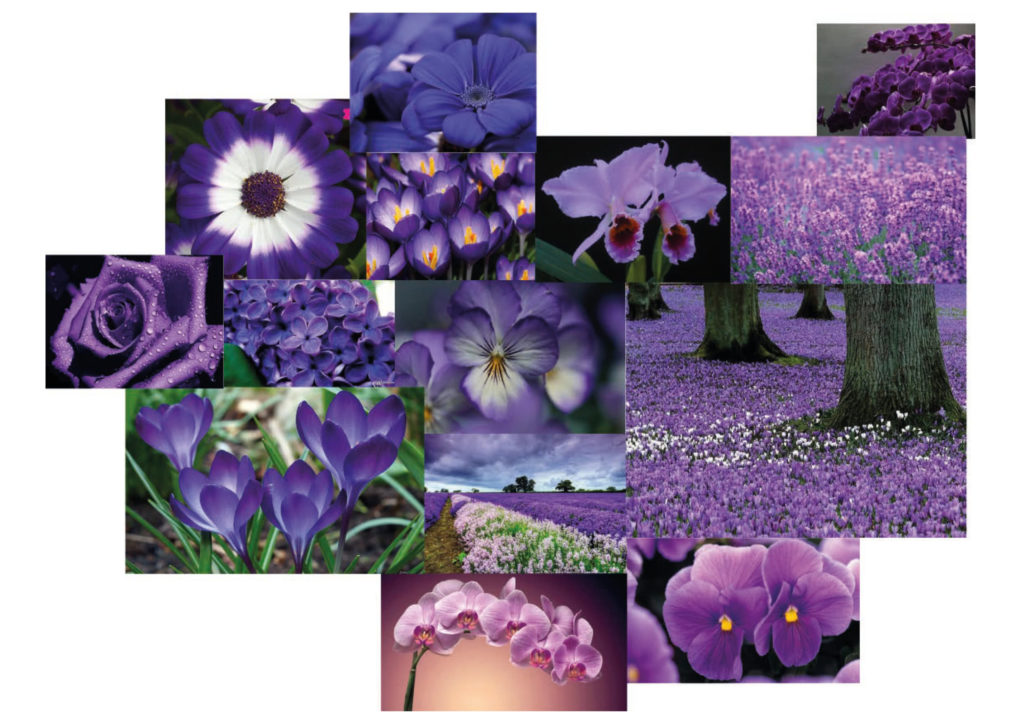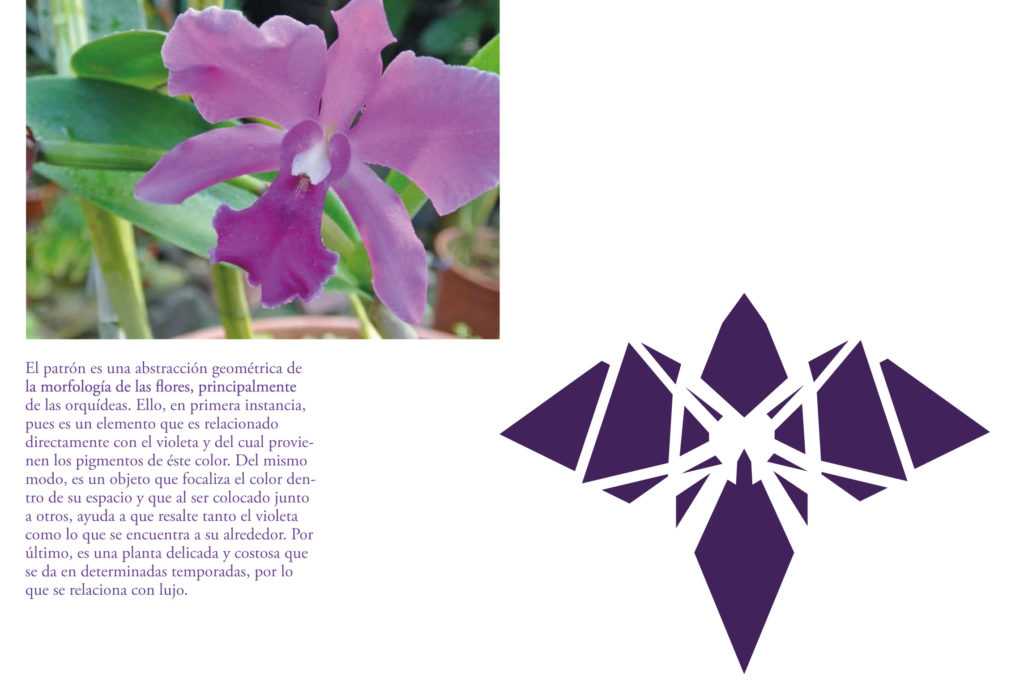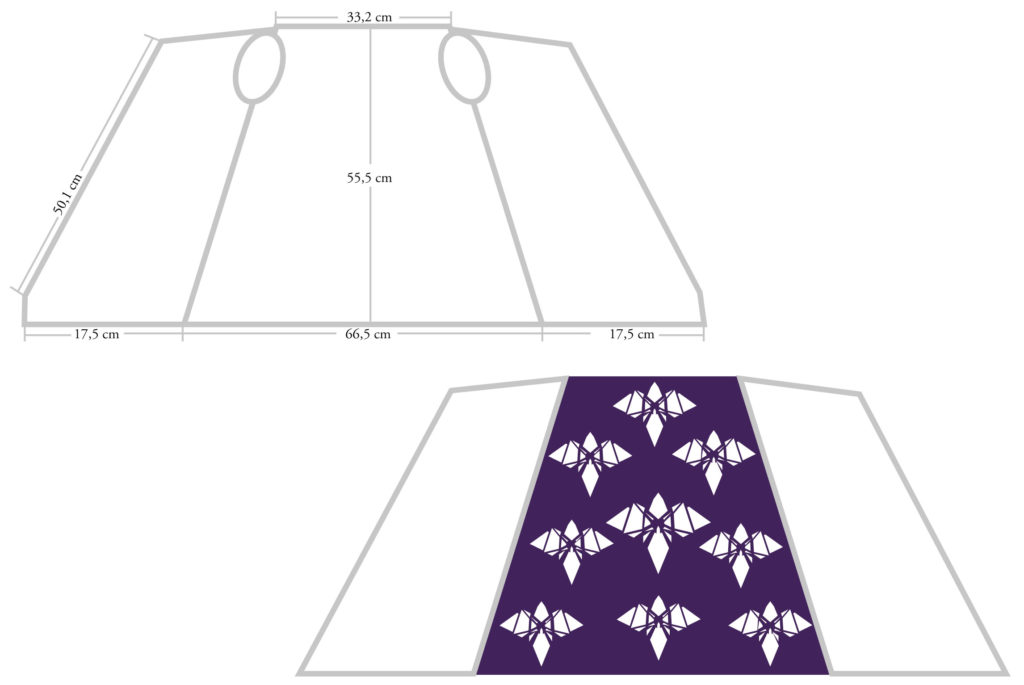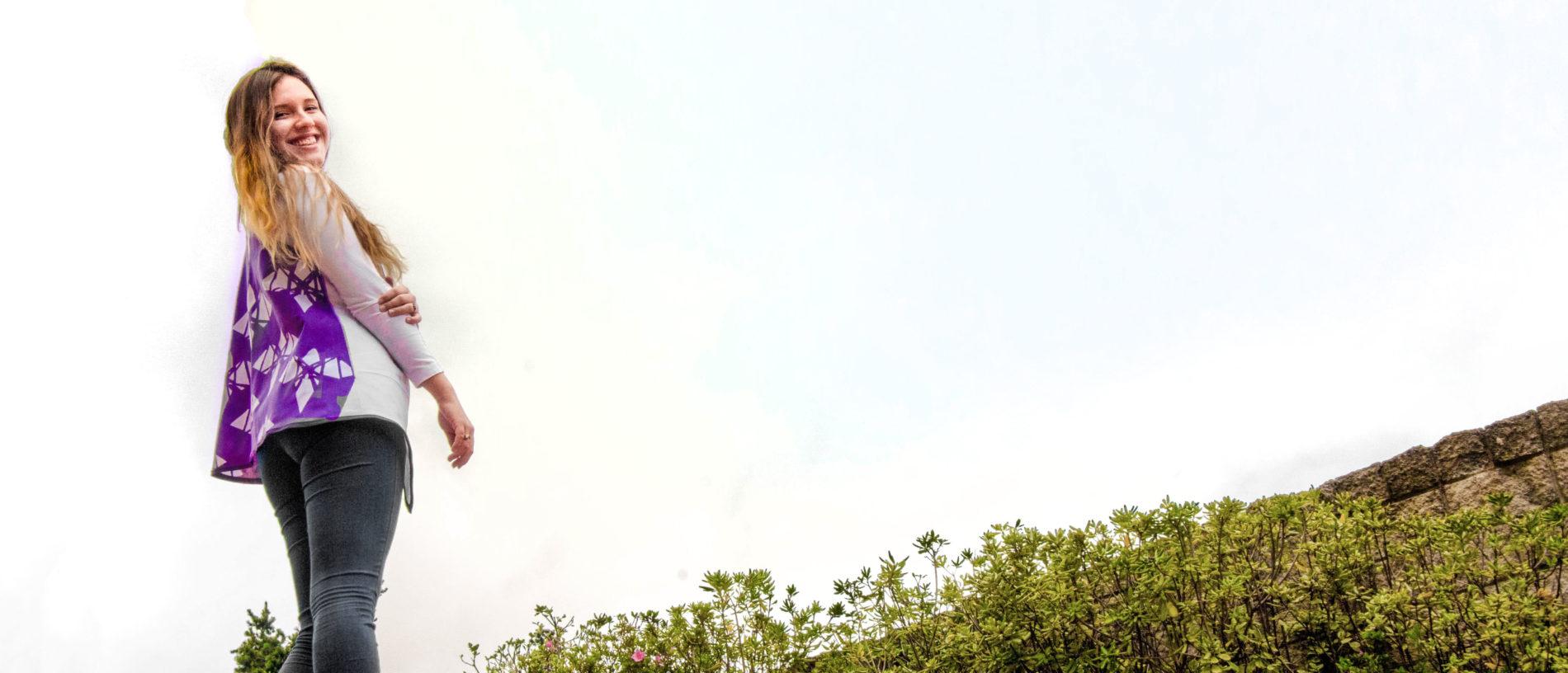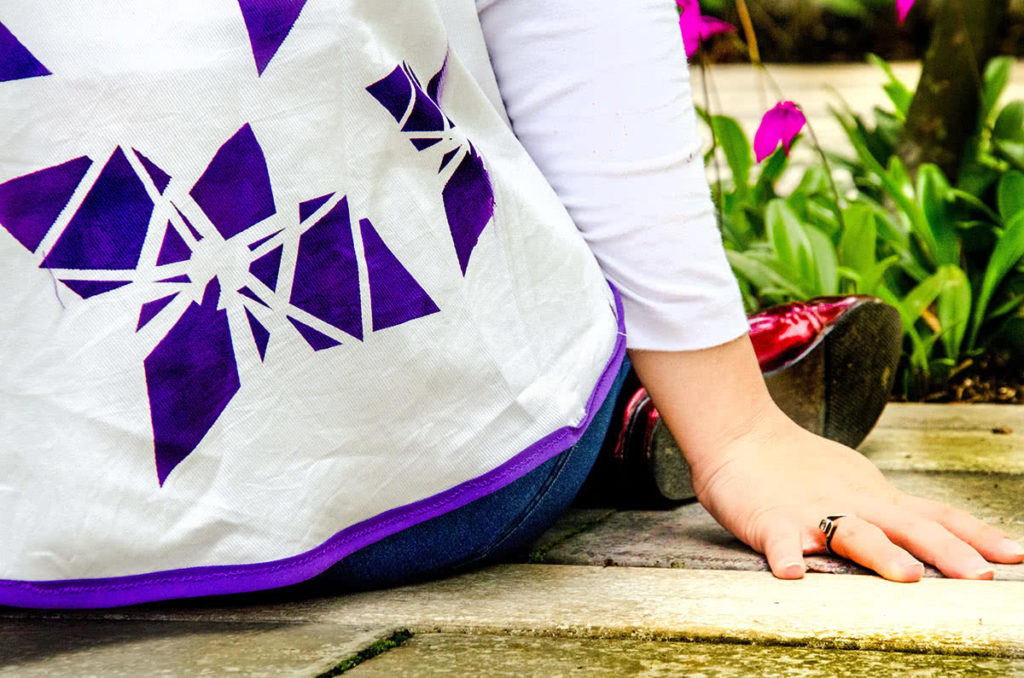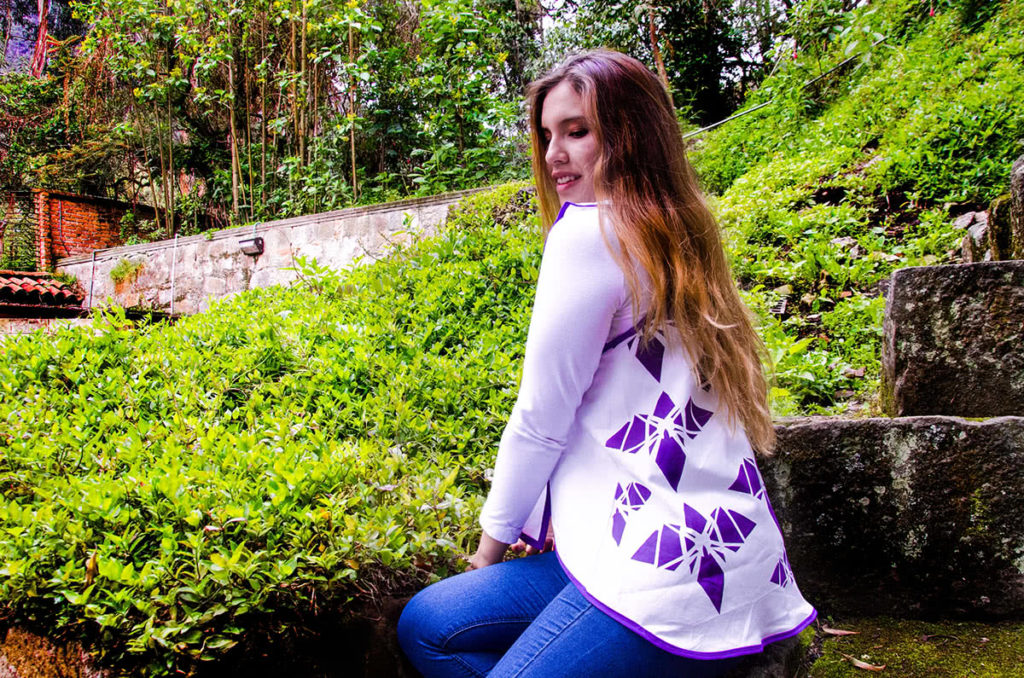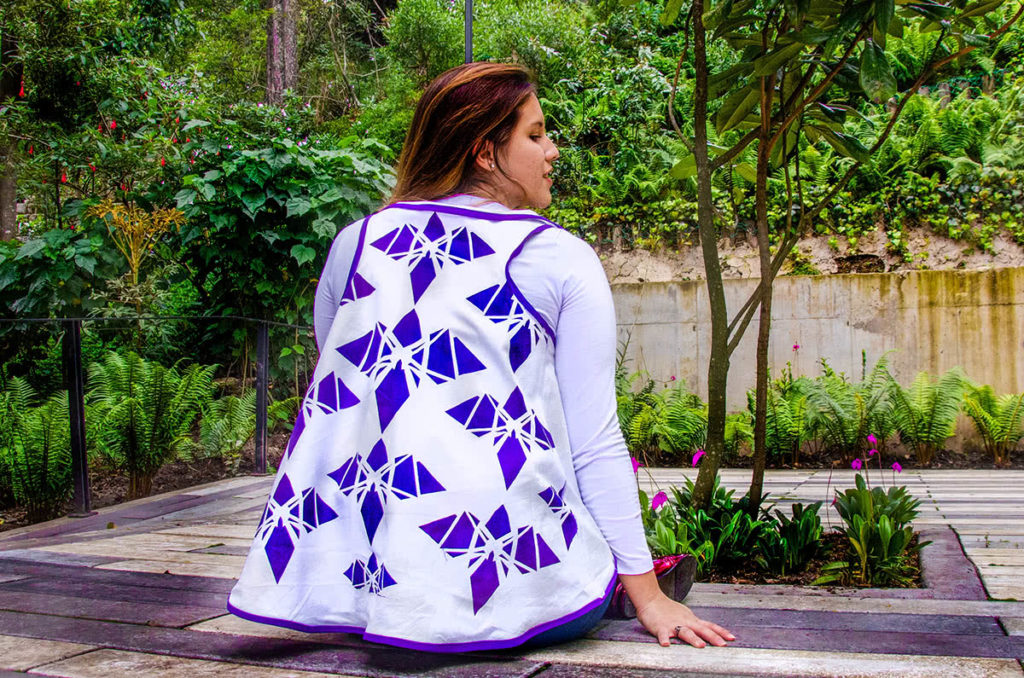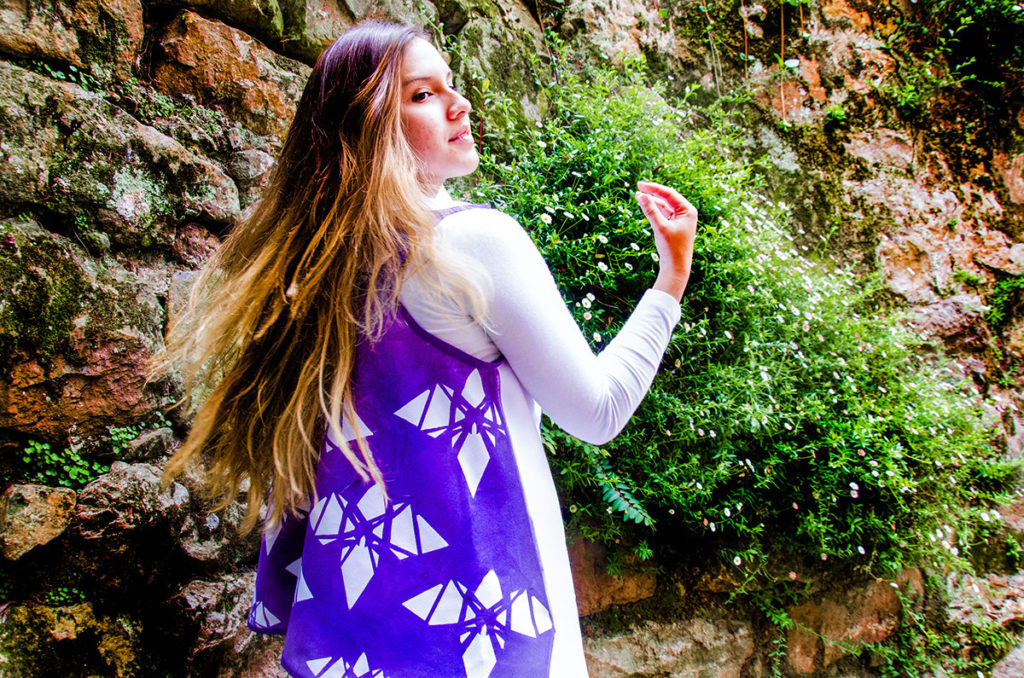Violet, more than the combination of different proportions of blue and red or cyan and magenta, is a color that evokes different elements, situations and abstract concepts within the imaginary of people. First, it relates to objects, mainly food and plants, and elements that were or are part of everyday life. It speaks of grapes and blackberries; violets and orchids; suitcases and lunch boxes; different applications of pigments (enamels, paints, hair dyes); sweets and desserts; garments of religious characters (priests of the Catholic religion); sports clothing and accessories; plumage of animals like the peacock; fabrics and plastics; the ocean; and characters or entertainment programs. Second, it is associated with situations that are or were part of everyday life. Among them watch entertainment programs (mainly children); fashion trends of the 80s and 90s; the mark that strong blows leave; celebrations and social activities; personal ascension Third, by going deeper into the emotional meaning and sensations evoked by the violet, there are polarized opinions. These come depending on the hue, combinations, textures and context. By way of example, when it is fluorescent or is closer to more pink and red tones; it is accompanied by yellow or light green; It is used in sports venues or within spaces such as the university and shopping centers, it is seen as energetic and full of vibrant. If it approximates blue and black tones; it is accompanied by black or dark brown; It is used in social events such as parties or meetings; It reads like elegant, low profile and even sumptuous. Violets closer to white are perceived more delicate, soft, alive, spring. While those closest to black look like gloomy, melancholic, in pain, of death. Finally, it represents both male and female characteristics. Due to its neutral nature, it can be said that it tends to transgress the limits of heteronormative gender stereotypes.

